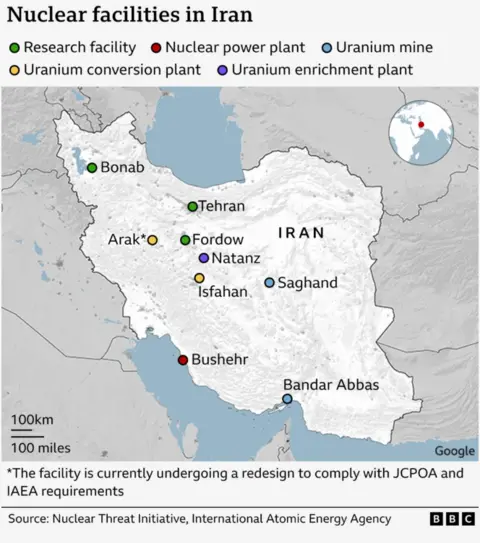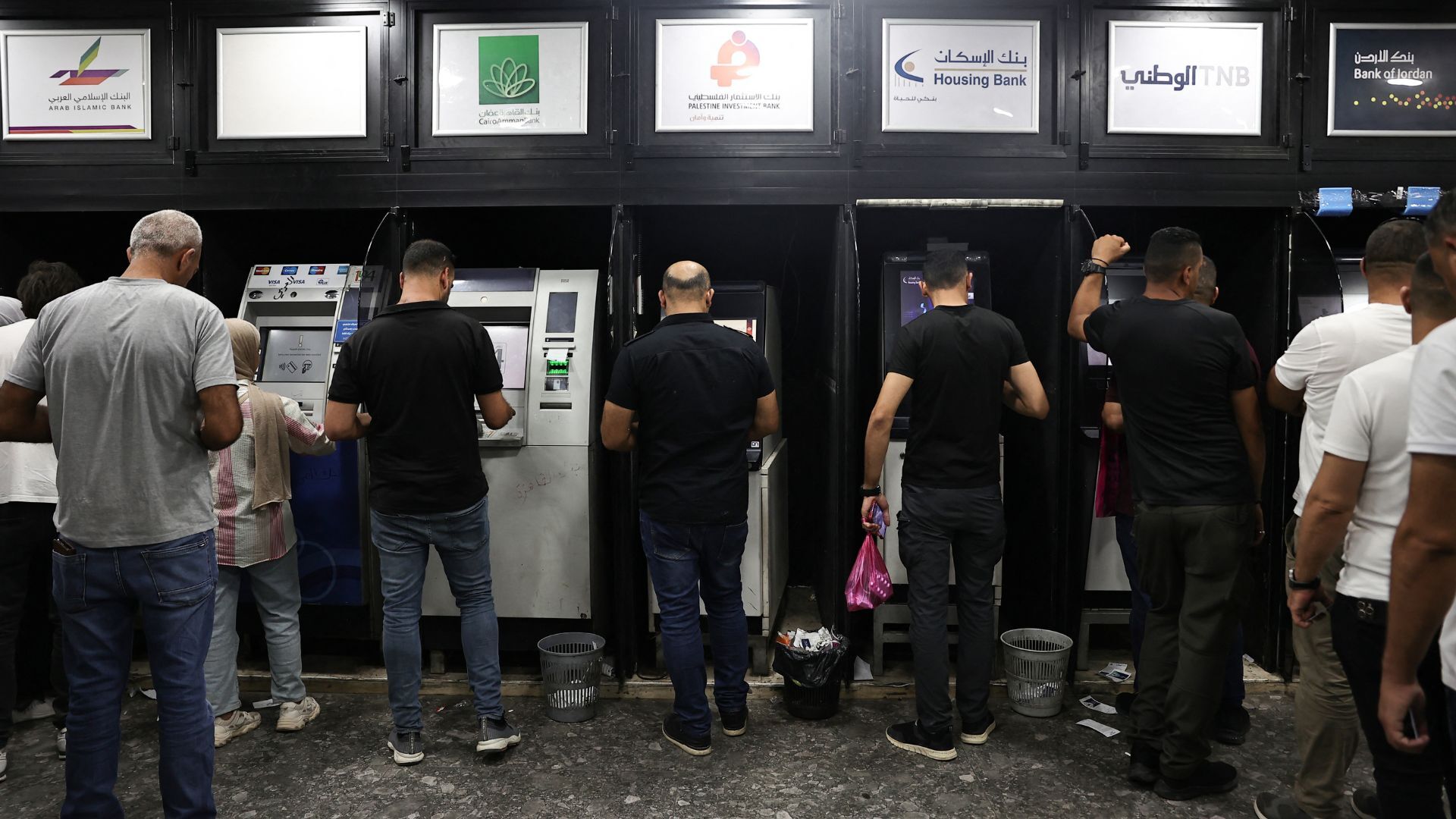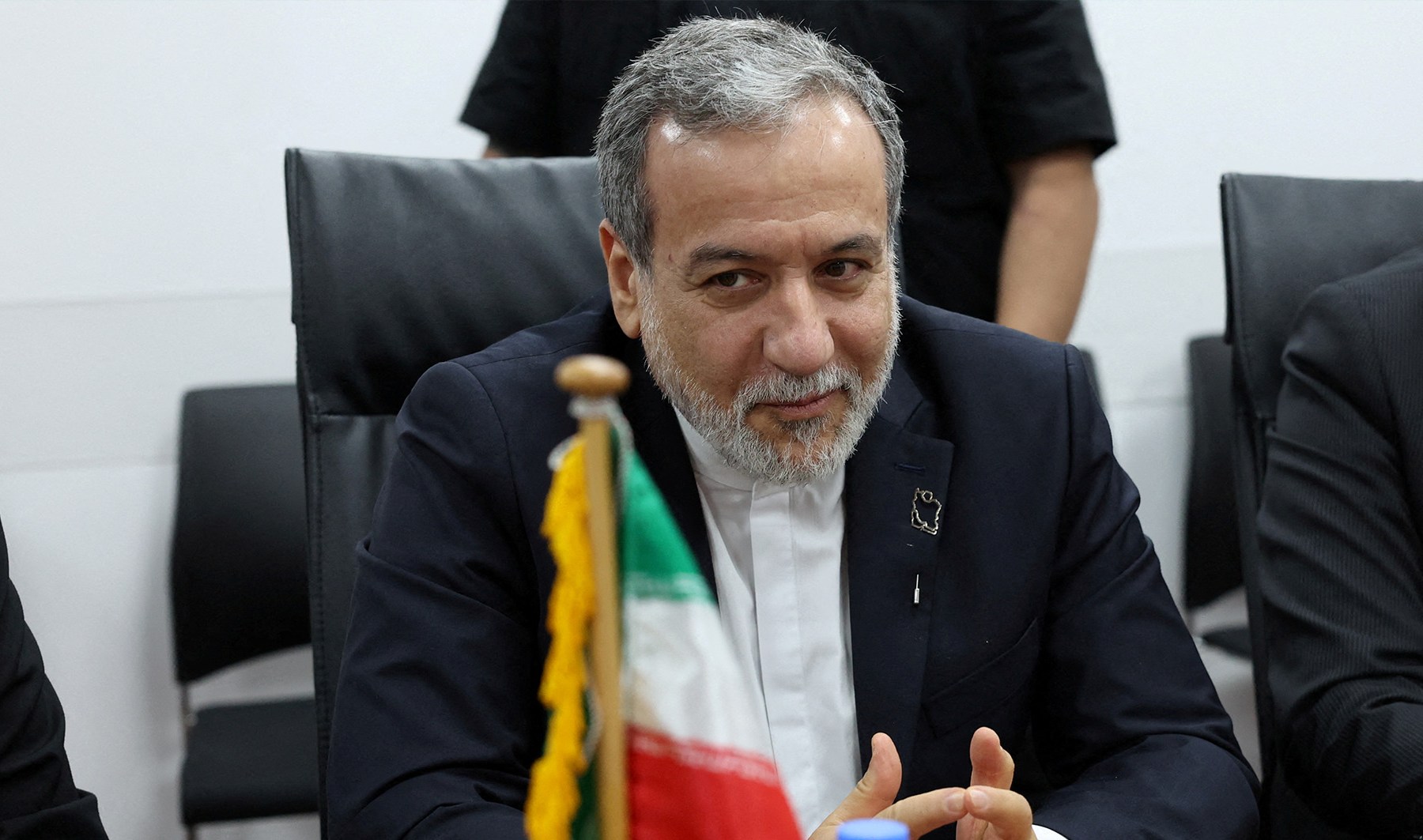The Assyrians, an indigenous people with over 6,775 years of history and one of the world’s earliest Christian communities, are vanishing from their ancestral homeland. Not in theory. Not in the distant future. Today. Right now as you’re reading this. Assyria is already colonized, fragmented across Iraq, Syria, southeast Turkey, and northwest Iran—their indigenous homeland. And today, the final threads of Assyrian presence in these lands are being pulled apart through calculated policies of exclusion, erasure, and domination.
You’ve never heard of us, but you’ve heard of us. We’re the Iraqi Christians, the Syrian Christians, the Chaldeans, the Syriacs, and the Arameans. We are called everything but our name—Assyrian. A tactic of the dhimmi system, reinforced by the very basic human need to separate ourselves from a group targeted for genocide in order to survive. A Roman methodology of divide and conquer. Even our history is neglected, rewritten, and stolen. And this erasure is echoed by international actors who speak of us.
But our erasure isn’t just on paper. Across Iraq and Syria, Assyrians are being erased through systemic and systematic disenfranchisement, cultural destruction, forced displacement, and demographic engineering. The communities that survived genocide, invasions, and centuries of religious persecution now face a coordinated effort to extinguish their presence altogether. ISIS destroyed countless Assyrian artifacts, but the destruction did not end with them. Our heritage sites continue to be vandalized and destroyed, even used for military exercises by the Kurdish Regional Government (KRG).
In Iraq, Assyrians are treated as foreigners. Political power is monopolized by Kurdish parties in the north and Iranian-backed militias in the center, both of whom install proxies in parliamentary seats legally reserved for Assyrians. Elections are manipulated, and authentic Assyrian voices are suffocated, replaced by those loyal to external agendas.
Before 2003, there were over 1.5 million Assyrians in Iraq. Today, fewer than 300,000 remain. In KRG-controlled areas, losses have exceeded those under ISIS. That is not simply just a statistic; it is a verdict.
Two weeks before ISIS began its invasion of Iraq, the KRG disarmed Assyrian and Yazidi communities, despite being fully aware of the impending threat. The Peshmerga promised protection, only to abandon us without firing a single bullet in our defense from seven posts—the Nineveh Plains, Nineveh Dam, Makhmur, Zumar, Daqooq, Sinjar, and the left side of the Tigris in Mosul. When ISIS stormed through our towns, the Kurdish forces left entire communities to be slaughtered. Long before the Iraqi Army even fled, the Peshmerga had vanished. The Peshmerga, or “those who face death,” only returned once Western forces intervened to confront ISIS, attempting to appear involved and take credit for resistance they never provided.
Our lands are stolen in broad daylight. Over 94 documented cases of land confiscation remain unresolved despite court rulings favoring Assyrians. Even when judgments are issued, Kurdish authorities do not enforce them. In some cases, false land deeds are fabricated to justify these seizures.
Assyrians who try to defend their lands are beaten, jailed, and paraded on state television, forced to publicly thank the very authorities who arrested them. These spectacles are not reconciliation. They are propaganda staged to legitimize injustice. Land grabs are not rogue incidents; they are part of a system built to erase Assyrian existence. Even the Erbil Airport and the United Nations compound stand on land that was seized from Assyrians without consent or restitution.
In 2023, the KRG officially registered Hawpa, a Kurdish neo-Nazi group whose charter explicitly calls for the extermination of Assyrians. With well over 1,000 members, and potentially more operating in secret, and meetings held with high-level Kurdistan Democratic Party (KDP) officials, including the Governor of Erbil, Hawpa is not a fringe movement. It is institutionally sanctioned and emboldened.
Education is used as a tool of indoctrination. Assyrian schools are forced to use curricula that glorify Kurdish nationalism and whitewash the histories of mass murderers like Simko Shikak, who orchestrated the 1918 assassination of our patriarch Mar Shimun XIX Benyamin, and Bedr Khan Beg, who brutally massacred thousands of Assyrians. Students are forced to revere those who butchered their ancestors in order to pass.
Despite repeated public claims of religious freedom, religious violations are rampant. In Sulaymaniyah, Christian-owned alcohol shops are bulldozed and replaced with mosques. The KRI now has nearly 6,000 mosques, mostly built after 1992. At the same time, the KRG constructs ornate churches to gain Western favor, using them as facades of religious freedom and tolerance, while the actual Assyrian congregation faces pressure, restrictions, and forced displacement.
Beyond this, the treatment of Assyrians reveals a brutal reality. Prostitution is aggressively pushed into Ankawa, an Assyrian neighborhood, against our will and in violation of our Christian faith and values. The KDP encourages this, then uses it to frame Christians as morally corrupt, despite the fact that we have never had authority to prevent it.
I was sexually harassed on my multiple trips to Iraq simply for being a woman. One afternoon in Ankawa, a man in a black SUV followed me through the streets with him and his three passengers yelling at me in Kurdish, making obscene sounds and gestures. In the Erbil Citadel, men use crowds to grope Assyrian women. These violations are not isolated incidents. They reflect an environment fostered by those in power, where crimes against indigenous Assyrians are committed with impunity, and where women endure an even greater degree of danger and violation.
The system in power does not protect women. It exploits and erases us. But the assault on Assyrian women extends beyond harassment and prostitution. It is encoded into law.
One of the most devastating effects of this system of erasure is codified in Iraq’s Islamization of Minors law that extends into the KRI and automatically registers children born to a single Muslim parent as Muslim, even in cases of rape and even if the other parent is Christian. During ISIS’s occupation, countless Assyrian girls, some as young as 12, were abducted, raped, and forcibly impregnated by ISIS fighters. These pregnancies were the direct result of sexual violence on sex-trafficked minors. The resulting children are then registered as Muslim solely based on the father’s religion. In the case of ISIS crimes, this means the legal system gives greater weight to the claimed identity of a terrorist rapist than to the survivor of their violence.
This strips agency from survivors and embeds the trauma into the legal system. This law establishes a dangerous precedent that legitimizes the use of rape as a tool of demographic warfare, where sexual violence not only causes lifelong psychological and physical harm but also results in the forced erasure of the Assyrian identity and the severing of ancestral lines. It is a legal continuation of genocide, rewarding rapists with demographic control and denying survivors the right to raise their children in their faith, community, and identity.
This is the type of violence carried out by a regime that parades itself as progressive by appointing females in leadership roles to impress the West while quietly perpetuating a culture that abuses and erases indigenous women. These systems do not protect us; they exploit and erase us.
One of the most telling incidents of unmasked hatred occurred during Akitu, Kha B’Nissan, the Assyrian New Year. This year, a Kurdish man purportedly affiliated with ISIS attacked Assyrians with an axe during the New Year parade while screaming ISIS slogans. An investigation was promised, a scripted apology video from the perpetrator was released, and nothing came of it, except a statement referring to us as “Kurdistanis,” a term that doesn’t define us. It was buried beneath state media broadcasts and a government-orchestrated prayer breakfast to gain Western support for their campaign for statehood.
The Erbil prayer breakfast was a public relations performance. Inside, Western delegates mingled with Kurdish officials and tokenized Christian figures, while outside, Assyrians are suffocated by checkpoints, land seizure, and the flourishing of extremist ideologies.
Too many international actors fund and praise the regimes responsible for Assyrian displacement. They downplay schoolbook glorifications of murderers. They ignore axe attacks. They remain silent as Assyrian lands are illegally seized, yet publicly embrace the very actors engineering our disappearance, praising them as champions of democracy and guardians of Christianity.
In Syria, the Assyrian crisis is even more frightening. We are caught between an extremist Islamist group and the Kurdish-led Autonomous Administration of North and East Syria (AANES). Hayat Tahrir al-Sham (HTS) leader Ahmed al-Sharaa has a long and bloody history in extremist militancy and terror networks, including involvement in the killing of Americans. Meanwhile, the Syrian Democratic Forces (SDF) commander Mazloum Abdi of the Kurdish-led AANES is a former senior member of the U.S.-designated terrorist group PKK, known for recruiting and abducting children into terrorism. Under AANES control, Assyrian schools have been shut down for refusing to adopt a Kurdish nationalist curriculum. When church-run schools resisted, directors were beaten, and journalists detained.
In Beth Zalin (Qamishli), once majority-Assyrian, we are now a minority. With ISIS, the pattern here has been tragically similar to that of Iraq. As the Khabour River swelled and ISIS approached northeastern Syria, Kurdish forces retreated instead of defending them. While Assyrian towns braced for slaughter, Kurdish fighters were busy seizing properties in Qamishli. Multiple members of my family were told directly by high-ranking Kurdish officials that they “will not sacrifice themselves fighting for filthy Christians.” These betrayals were not isolated acts. They were decisions made in the service of ethnic nationalism, not solidarity, pluralism, or shared resistance to extremism.
Over 1,400 homes in the Khabour region remain illegally occupied by AANES-aligned actors. Churches have been militarized with the SDF building trenches over our churches and cemeteries, provoking relentless retaliation from brutal Turkish attacks.
We do not want war where we worship. We do not want our churches to be turned into battlefields to manufacture the illusion that one regime protects us while another regime attacks us, so our suffering can be manipulated to gain Western support at the expense of our existence. We saw the devastating effects of this with the Mar Sawa Church in Tal Tawil, Khabour, in 2022.
Leaders like David Jendo were kidnapped and assassinated by YPG militants. Others, like Elias Nasser, survived assassination attempts and were violently attacked for speaking out.
Yet, the AANES claims to represent and protect Christians. But genuine Assyrian voices are strangled. Our political parties are delegitimized. International engagement is blocked, and when it does occur, it is centered on figures like al-Sharaa rather than confronting the lived realities Assyrians face under both regimes.
When ISIS came, many Kurdish neighbors joined them. A family member of mine was beaten and sold eight times by different Kurdish ISIS factions. Out of fear, we are often unable to even name our abusers, many of whom now live freely beside us without consequence. The fear of retaliation keeps us silent, while justice remains completely absent. Disturbingly, Associated Press video footage released in 2024 shows the Kurdish-led administration even releasing captured ISIS fighters. Many were freed after their families signed a paper claiming they were reformed. There is no process, no proof, no rehabilitation—just a signature trying to erase atrocity.
Kurdish officials, backed by powerful international backers like America and Israel, are lobbying for a fully recognized “Kurdistan.” A name that quite literally means “land of the Kurds.” Not land at all. Not the land of the indigenous Assyrians. Perhaps these backers are unaware of the realities on the ground, but our situation is growing increasingly dire. The facts are available if one is willing to look beyond the curated narratives and sit with genuine Assyrian leaders. If this is how we are treated now, what happens when that regime becomes a state with no international accountability?
Assyrians are not dying out; we are being pushed out from our homelands. Our children are oppressed. Our leaders are assassinated or suffer sudden and unexplained medical issues that lead to their untimely deaths, raising serious concerns in a system where perpetrators control the means of documentation and medical care.
Genocide is not just mass killings. It is the destruction of language, the legitimizing of neo-Nazi groups and other extremist ideologies, the erasure of heritage, forced displacement, systemic assimilation, psychological terror, coerced identity erasure, denial of political representation, restriction of religious practice, medical neglect, and the silencing of advocacy. It includes the rape, sexual violence, and trafficking of our young women and girls and the forced Islamization of the children born from that violence. It is preventing the return of displaced people, stripping a population of economic opportunity, flooding their communities with drugs and prostitution to destroy social fabric, manipulating ethnic data on college applications, and enacting policies that deprive them of education free from historical revisionism. Every one of these tools is being weaponized against Assyrians today.
Those who speak out are at risk. Advocates and organizations are harassed, surveilled, and threatened. We are falsely labeled “anti-Kurd” for defending our rights. But we do not hate Kurds. We want to live in peace with our neighbors. Kurds also suffer under this regime, as KRG authorities have repeatedly infringed on the rights to free expression and press freedom through harassment, violent attacks, and arbitrary arrests of journalists.
We want peace and coexistence, but we cannot survive under a system built to erase us. When Assyrians show evidence of violence, we are harassed by Kurdish nationalist accounts, some of which are followed by well-known religious freedom advocates. Interestingly enough, these same advocates block us for speaking the truth.
The world is watching the dismantling of one of earth’s oldest civilizations. A nation that gave the world writing, law, and cities is being written out of its own story.
The Kurdish nationalist project, backed by powerful global actors, is not a project of inclusion; it’s a machine of conquest at all costs. Despite what it claims, it does not tolerate plurality. It was never meant to include us. It has erased us from policy, from education, from security, and from governance. We are the indigenous people of these lands, yet we are erased from the structures that claim authority over them. A state built on our bones cannot coexist with us still breathing.
If the world fails to support a free Assyria through the implementation of Article 125 for a Nineveh Governorate and support self-administration in Hasakeh, Syria, it will mark the final chapter of our existence in our ancestral homeland. Our extinction will not be by natural decline, but by coordinated neglect and the silence of humanity.
Amplify genuine Assyrian voices and support Assyrian organizations. Donate to the Assyrian Aid Society (Iraq) and Ashour Foundation for Relief and Development (Syria).



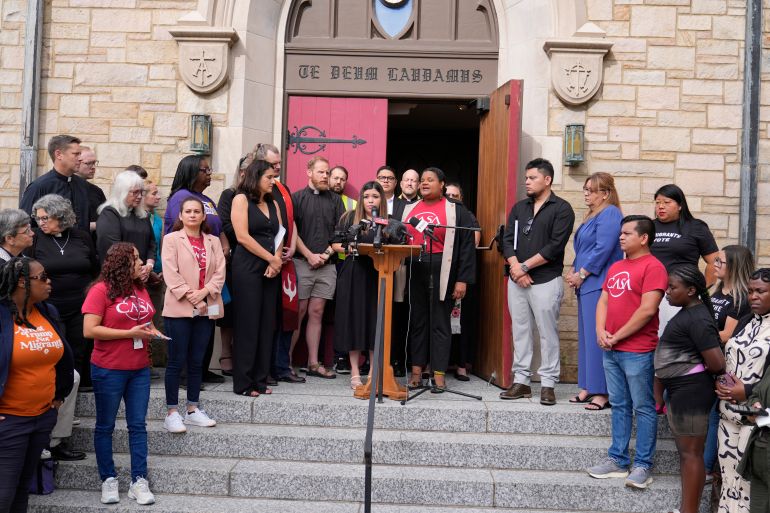












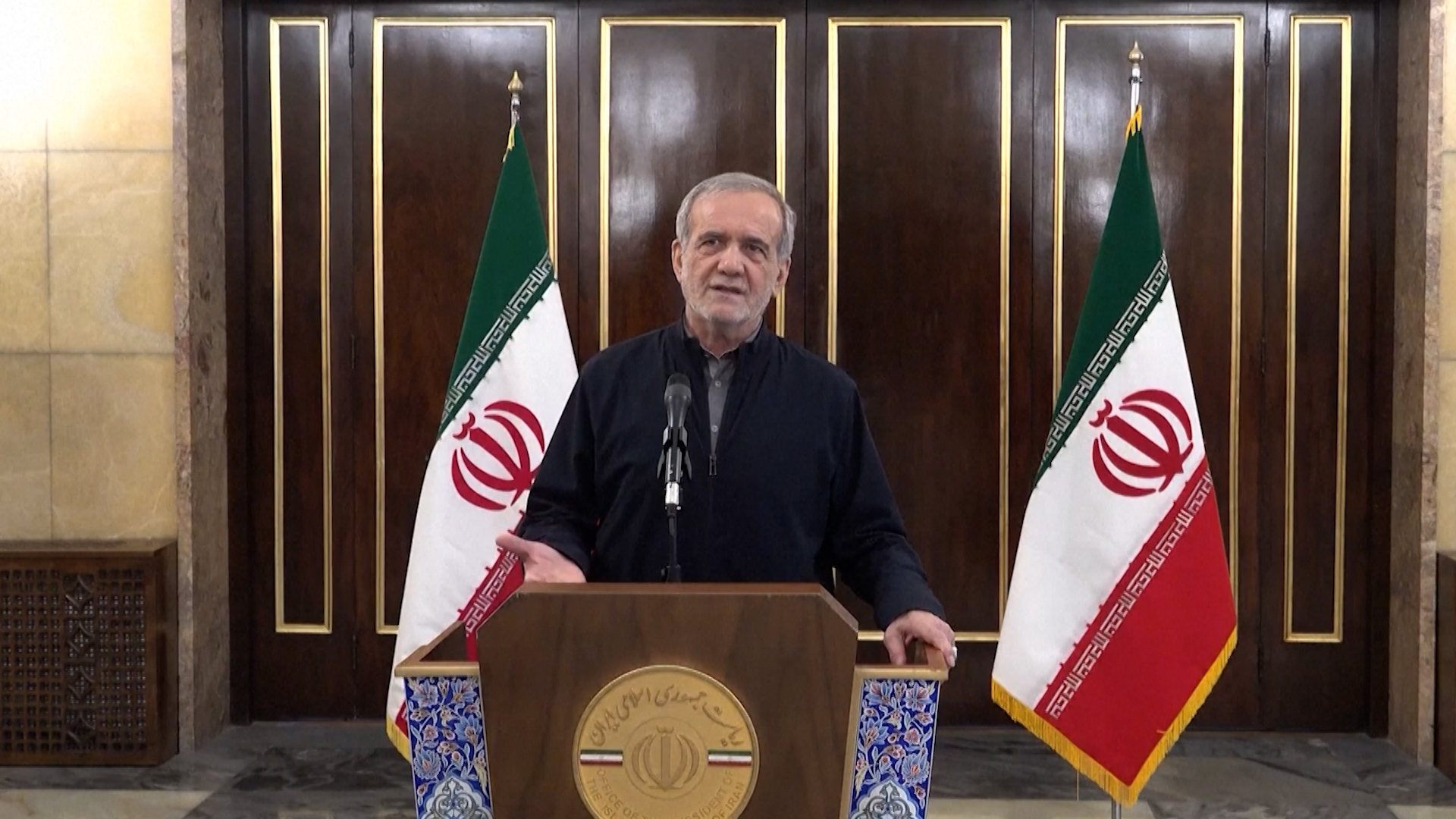






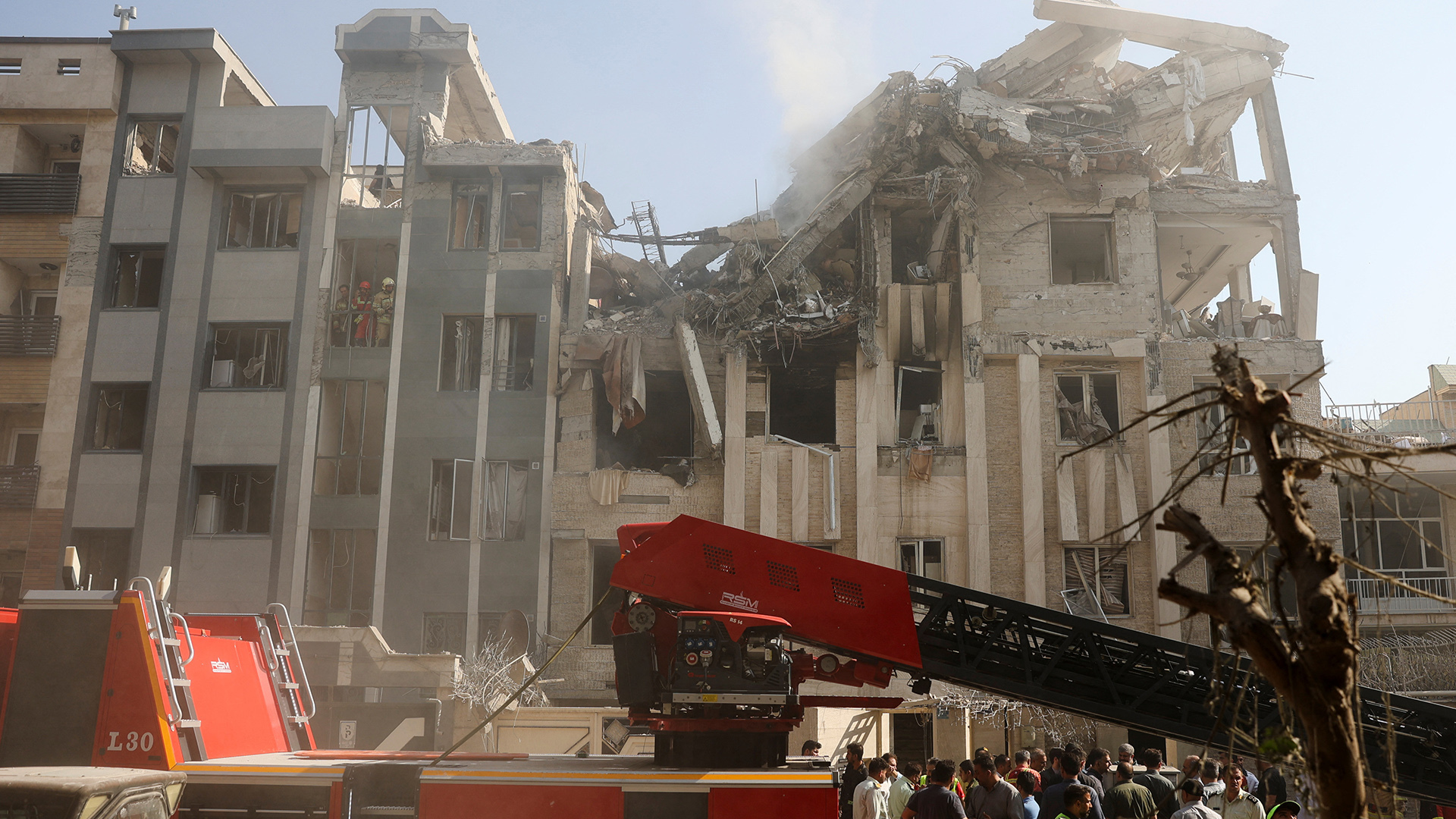

![The father (in the blue shirt) of Irfan, one of the flight crew killed when the Air India plane crashed, at the hospital [ Marhaba Halili/Al Jazeera]](https://www.aljazeera.com/wp-content/uploads/2025/06/WhatsApp-Image-2025-06-13-at-12.35.03-AM-1749795965.jpeg?w=770&resize=770%2C578&quality=80)
![The Syed family, in a photo clicked at the airport before they took off in the Air India plane that crashed, killing them [Marhaba Halili/Al Jazeera]](https://www.aljazeera.com/wp-content/uploads/2025/06/WhatsApp-Image-2025-06-13-at-12.34.24-AM-2-1749796196.jpeg?w=770&resize=770%2C599&quality=80)
![Relatives of people on the plane register or DNA tests to help identify bodies, many of which were charred beyond recognition [Marhaba Halili/Al Jazeera]](https://www.aljazeera.com/wp-content/uploads/2025/06/WhatsApp-Image-2025-06-13-at-12.33.31-AM-1749796299.jpeg?w=770&resize=770%2C578&quality=80)

